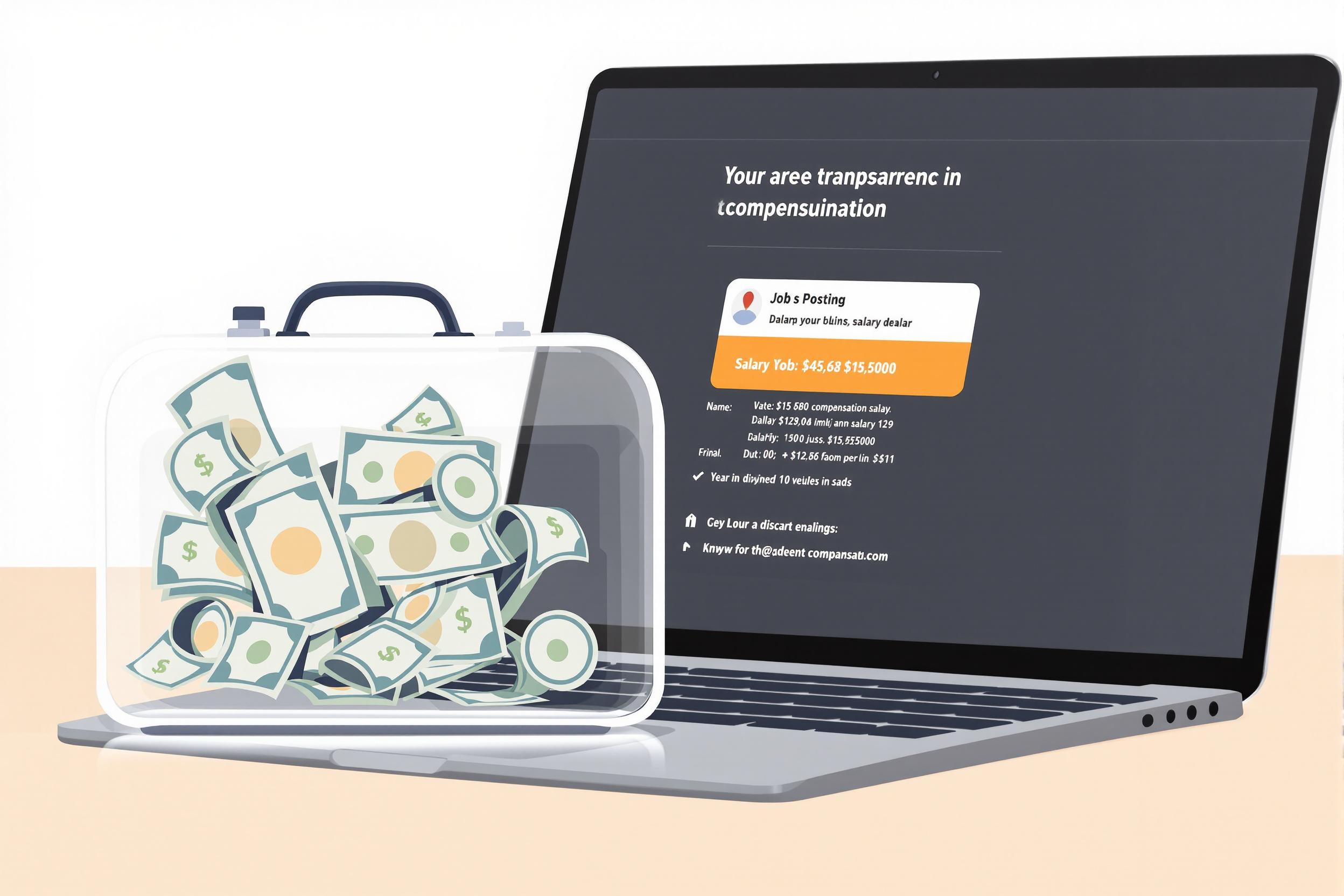
Clawback
A clawback is a business arrangement where money that was already paid out must be returned under certain conditions. In venture capital, it's like an insurance policy that protects investors. For example, if a fund manager gets paid bonuses for good performance early on, but later investments don't do well, they might have to give back some of their earlier earnings. It's similar to a money-back guarantee, but for investments. This term is common in investment agreements and employment contracts, especially in financial services and venture capital firms.
Examples in Resumes
Developed and implemented clawback provisions for partner compensation agreements
Managed investor relations regarding clawback clause activations across multiple funds
Successfully negotiated clawback terms with limited partners in new fund formation
Typical job title: "Investment Professionals"
Also try searching for:
Where to Find Investment Professionals
Professional Networks
Industry Resources
Example Interview Questions
Senior Level Questions
Q: How would you structure a clawback provision to protect both the firm and its limited partners?
Expected Answer: A senior professional should discuss balancing investor protection with fair compensation, timing of clawback calculations, and methods to secure potential clawback obligations through escrow accounts or personal guarantees.
Q: What are the key considerations when implementing a clawback provision across multiple funds?
Expected Answer: Should explain the importance of clear documentation, tracking mechanisms, tax implications, and communication strategies with both investors and fund managers.
Mid Level Questions
Q: Explain how clawback provisions typically work in venture capital funds.
Expected Answer: Should be able to explain the basic concept of returning excess carried interest, calculation periods, and typical trigger events that might cause a clawback.
Q: What documentation is needed to properly track potential clawback obligations?
Expected Answer: Should discuss performance reports, distribution waterfall calculations, and ongoing monitoring of fund performance against clawback thresholds.
Junior Level Questions
Q: What is a clawback provision and why is it important?
Expected Answer: Should explain that it's a mechanism to return excess payments to investors if certain conditions aren't met, protecting investor interests in the long term.
Q: How do you calculate a basic clawback amount?
Expected Answer: Should demonstrate understanding of the relationship between distributed carried interest and actual fund performance over time.
Experience Level Indicators
Junior (0-2 years)
- Basic understanding of fund structures
- Familiarity with investment terms
- Knowledge of financial calculations
- Understanding of basic legal documents
Mid (2-5 years)
- Clawback calculation and tracking
- Fund documentation review
- Investor communications
- Performance reporting
Senior (5+ years)
- Complex fund structuring
- Negotiation with limited partners
- Risk management
- Strategic planning for distributions
Red Flags to Watch For
- Limited understanding of fund structures and waterfall calculations
- No experience with investor relations
- Lack of knowledge about regulatory requirements
- Poor grasp of financial modeling and Excel
Related Terms
Need more hiring wisdom? Check these out...

Global Compliance Checks: The Hidden Puzzle Pieces of Background Screening Revealed

Building an Unshakable ATS Data Governance Framework: A Guide to Protecting Your Recruitment Goldmine

The $100M Mistake: Hidden Costs of Rushed Leadership Hires (Data Study)

